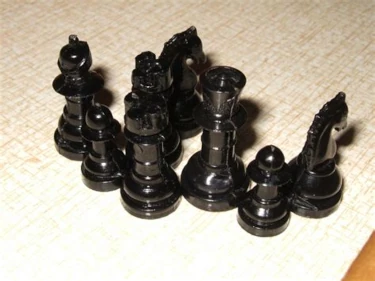
What are gambits in chess?
Gambits are chess openings where a player sacrifices material with the intention of obtaining a lead in development, a better pawn structure, or a tactical advantage. In the case of gambits for Black, the idea is to gain an advantage in the opening by offering a pawn to White. While gambits are traditionally associated with White, there are also several popular gambits for Black that have been used throughout history.
Sicilian Defense
One of the most famous gambits for Black is the Sicilian Defense, which starts with the moves 1.e4 c5. This gambit aims to gain control of the center and create a strong pawn structure, while also putting pressure on White’s pawn on e4. The Sicilian Defense is considered one of the most aggressive and dynamic openings for Black, and it is played by many top players.
Pirc Defense
Another popular gambit for Black is the Pirc Defense, which starts with the moves 1.e4 d6 2.d4 Nf6. This gambit aims to gain control of the center and create a strong pawn structure, while also putting pressure on White’s pawn on e4. The Pirc Defense is considered a solid opening and it’s well suited for players who prefer a more positional style of play.
Latvian Gambit
The Latvian Gambit is another gambit for Black, which starts with the moves 1.e4 e5 2.Nf3 f5. This gambit aims to gain control of the center and create a strong pawn structure, while also putting pressure on White’s pawn on e4. The Latvian Gambit is considered a very aggressive and tactical opening, and it requires a lot of tactical skills and a good understanding of the pawn structure.
Blackmar-Diemer Gambit
The Blackmar-Diemer Gambit is a gambit for Black, it starts with the moves 1.d4 d5 2.e4 dxe4 3.Nc3. This gambit aims to put pressure on White’s pawn structure and to create tactical threats and open lines for Black’s pieces. The Blackmar-Diemer Gambit is considered a very aggressive and tactical opening, and it requires a lot of tactical skills and a good understanding of the pawn structure.
Gambits for Black are not as popular as gambits for White, but they still have a rich history in chess.